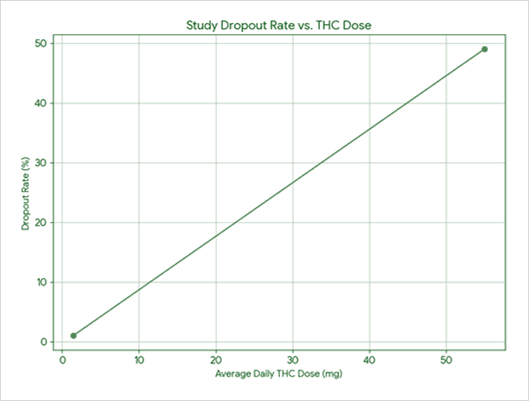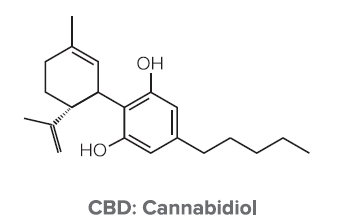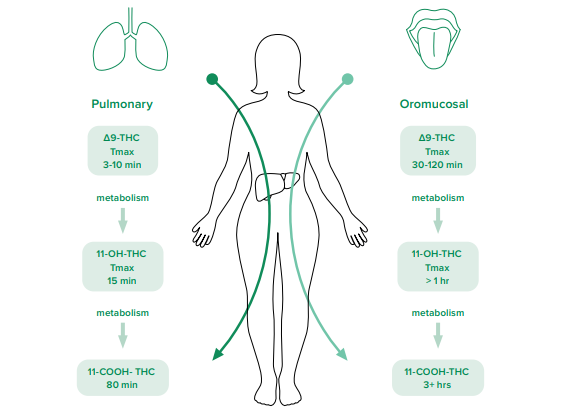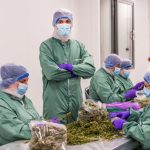Bedrocan® forte with 25% THC available for the German market
Bedrocan, renowned for its high-quality cannabis and consistent supply, is introducing an enhanced version of its well-established Bedrocan® product. The THC content has been increased from 22% to 25% without altering the underlying genetics or terpene profile. The company’s latest product will be marketed under the name Bedrocan® forte, in response to the growing demand for medical cannabis flower products with a higher THC percentage. Germany is the first country where the product is introduced.
Bedrocan® forte is produced in Bedrocan’s new state-of-the-art Danish facility. The Danish cultivation team has successfully refined the growing conditions to guarantee a higher THC content. The plant used for this is Cannabis sativa L. ‘Afina’. This is the same chemovar that has been marketed under the Bedrocan® brand name since 2003, and which has a THC percentage of 22%. The forte version is, therefore, genetically and chemically identical to Bedrocan®.
Compliance with the Ph Eu cannabis monograph
Like Bedrocan®, Bedrocan® forte fully complies with the monograph standards of the European Pharmacopoeia. This means that the percentage of active ingredients in the cannabis flower can deviate by 10% from the percentage stated on the label. The terpene profile also remains the same. The physical characteristics of the flower, including structure, density, appearance, and aroma, are also unchanged.
Active Pharmaceutical Ingredient
Commencing in December 2025, Bedrocan® forte will be available as an active pharmaceutical ingredient (API) for pharmaceutical preparations by German pharmacists. The product is available in bulk packaging of 100 and 400 grams, with smaller packaging to be available later. In Germany the product will be distributed by Bedrocan’s new distribution partner. The partnership will be announced in due course. Availability in other international markets will follow later.
Highest quality standards
Bedrocan® forte is produced in accordance with all applicable requirements, including GACP and EU-GMP. It delivers the same pharmaceutical-grade quality as every other cannabis variety produced by the company. Thanks to highly standardised production methods, each batch is grown under identical conditions (controlled light, temperature, nutrients, etc.), guaranteeing a consistent cannabinoid and terpene profile over time.
Book a meeting
Interested in Bedrocan® forte or want more information about our future plans? Book a meeting with our Head of Business Development via the link below.














